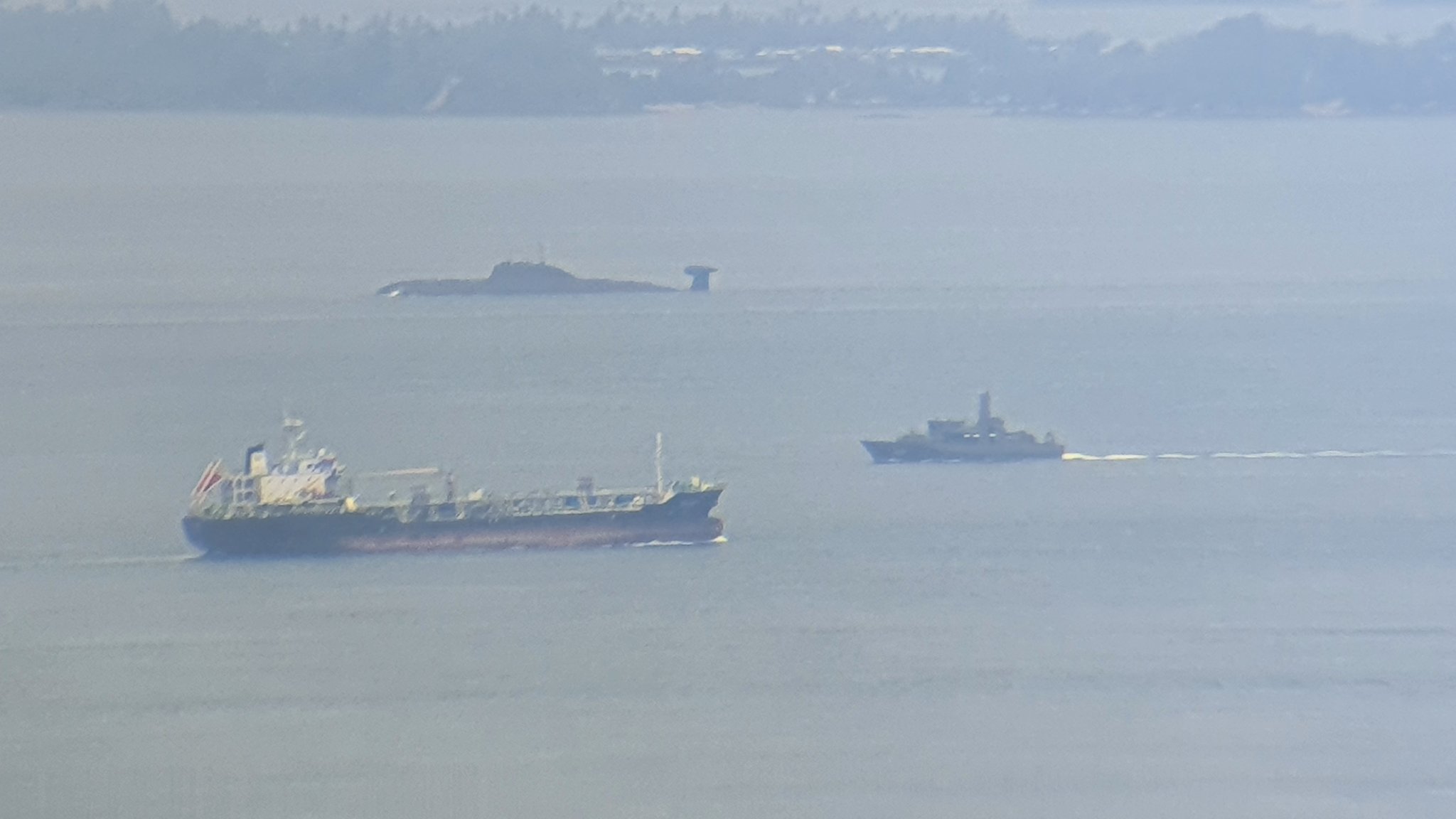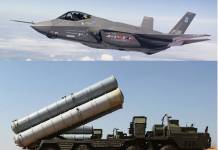The Indian Navy’s history of leasing a nuclear submarine from Russia (erstwhile Soviet Union) seems to be repeating itself. India has rented yet another Akula class submarine — dubbed Chakra III — in a $3 billion contract, as Chakra-II has been prematurely returned to Russia due to maintenance issues.
The precedent of subs for rent was set during the fag end of the Cold War when the Indian Navy had received INS Chakra on loan from the USSR after signing a lease in July 1987.
This was the first time a nation had leased out a nuclear submarine. New Delhi and Moscow had chalked out a lease agreement, which allowed the Indian Navy to rent a Charlie-class nuclear cruise missile submarine for a decade.
Interestingly, the Charlie class was not New Delhi’s first choice. Joseph P Chacko, a defense analyst, wrote in Frontier India.
“India was interested in Project 671 or Victor-class submarines with tube-launched anti-ship and land-attack missiles but settled for the Charlie class after the visit to older K-43.
“The K-43 was a compact submarine armed with underwater launched ‘Amethyst’ cruise missile and was capable of attack with self-generated target data making it a potent Aircraft Carrier killer.
The K-43 was then sent to the Zvezda submarine repair yard for modernization and transfer to the Indian Navy.”

The article went on to chronicle Soviet submariner Alexander Ivavovich Tereno’s experiences while onboard INS Chakra as he narrated “many incidents of submarine malfunction.
The outboard pipes and equipment corroded fast due to the high air temperature, humidity, and salinity. The main suction line was not renewed during the last refit in the Soviet Union which caused flooding and fire. A major emergency at sea was experienced and it took months to repair the submarine.
France Likely To Partner India In Developing Six Nuclear-Powered Attack Submarines – Analysis
“Other issues included poor documentation, false data, and poor discipline in the supply of spares from the Soviet Union. In one instance, the Indian Navy refused to take supplies of the batteries due to their poor condition. The batteries had to be set right in India itself.”
Tereno was summoned to Moscow in 1990, at the end of the third year of the lease, and was told to let Indians know that there was not going to be an extension of the lease. On December 17, the submarine set sail and reached Vladivostok on January 5.
Once in Russia, the submarine was sent to Kamchatka for decommissioning. “During its operational life, the submarine had traveled 72,000 miles, the main power plant had operated for 430 days, fired five missiles and 42 torpedoes,” wrote Chacko.
Commodore Arun Kumar (Retd), who was with the first INS Chakra from training to return to Russia, has a different view from the one presented by National Interest, which says,–
“In the latest instance of long-standing military cooperation between Moscow and New Delhi, India is set to rent additional Russian nuclear-powered attack submarines as a stepping stone on its path to acquiring an indigenous nuclear submarine force.”
Commodore Kumar, whose book, S71 INS Chakra – The Pioneer and her Men will be released in September 2021, told The Eurasian Times,
“Firstly, the sale of nuclear-powered submarines is not possible under the existing international control regimes. Even the Royal Navy could not get one from its cousin across the Atlantic.
Secondly, the Chakra I, a Charlie I class boat, was an SSGN and did not have any nuclear missiles. The boat was completely manned and operated by the Indian crew and there were no restrictions on access to any compartment or weapon load. There were a few Soviet specialists on board only because the boat was on the lease.
Their number never exceeded seven during sea sorties. The contract for it was signed in 1987 and not 1986 [as claimed by National Interest.”
The veteran submariner went on to say, “The transfer took place on January 5, 1988. The Indian design team had full access to the boat, while it was in India, and there were no differences between the Indian and Soviet sides on this score.
Access control was totally under the command of the Indian Navy. The lease itself was planned for three years as it was envisaged that the indigenous program which was in a progressive stage would step in before the lease ended.
“However, the dissolution of the Soviet Union disrupted the progress and after the nuclear tests in 1998, the role of the indigenous program was changed to strategic deterrence as the third part of the nuclear triad. The lease period was completed in January 1991 and the boat returned as planned.”
When asked about the conditions of the deal, Kumar said, “Regarding the contract for Chakra I, the open-source materials on the conditions mentioned seem conjectured.“
‘Misconceptions’ Over INS Chakra II
National Interest claimed that in 2008, Russia “negotiated the lease of another nuclear attack submarine”, a statement disputed by Cmde Kumar.
“The Agreement for the Chakra II was signed in February 2004 and not in 2008 as reflected in the article. This time the lease period was for 10 years. Once again, the IN had chosen the Akula 971 design for the boat to be leased and had not asked for Yasen class. The delivery took place in early 2012 due to a delay caused by a fire accident on board in 2008 during the constructor’s sea trials.
“This boat was not used to prepare the crew for Arihant [as claimed by National Interest]. Both are exclusive to each other. Due to a very high indigenous content in the Arihant program the training aids and simulators, as understood, are accordingly engineered,” he added.
Chakra II Abruptly Sent Back To Russia
In June this year, “the unexpected emergence of the Indian Navy’s only nuclear-powered attack submarine, the INS Chakra, in the waters of the Singapore Straits”.
It said the 8,140-ton submarine was en route to Vladivostok, Russia. The sub was returned approximately 10 months prior to the expiry of her 10-year lease that cost India approximately $2 billion.

According to Chacko, an explosion that occurred in a high-pressure air cylinder on the Chakra in the spring of 2020 was the reason for her premature return to Russia. The high-pressure air cylinder was located between the two hulls. In addition to the damage to the hulls, the explosion also damaged electronic weapons and hydro-acoustic equipment.
“From the above, one can understand that the HP air bottle is the lifeline of a submarine. The most likely cause of the explosion of the HP air bottle could be a material failure. In respect of HP air bottle, as per international standards, such systems are tested to 1.5 times their working pressure, hence, the most likely cause for an HP air bottle giving way is a material failure. Such an episode raises genuine doubts about the system.
“It is likely that the Indian Navy must have prematurely terminated the lease. Combine this incident with the previous incident of the Submarine Sonar getting damaged and was repaired by the Indian Navy. It raises the question of liability if a more serious accident happens,” the submarine analyst explained.
Some really exciting traffic in the Singapore Strait today, Indian Navy's INS Chakra Akula-II-class SSN and Delhi-class DDG!! Many thanks to my fellow warship spotters @supbrow and Jaime fir heads up and company! pic.twitter.com/4d8oiMV4ck
— Olli Suorsa (@OlliSuorsa) June 4, 2021
INS Chakra III
According to open-source information, India has rented yet another Akula-class vessel, dubbed INS Chakra III. New Delhi and the Kremlin in 2019 signed a $3 billion contract; the vessel will be handed over to the Indian Navy by 2025.
Reports indicate that the INS Chakra III will consist of indigenous communication components and sensors with negligible limitations set by the Kremlin on the Indian Navy’s deployment patterns.
While the program continues to remain shrouded in secrecy, analysts speculate that it is to serve as a test-bed to help India indigenously develop six nuclear attack submarines.




